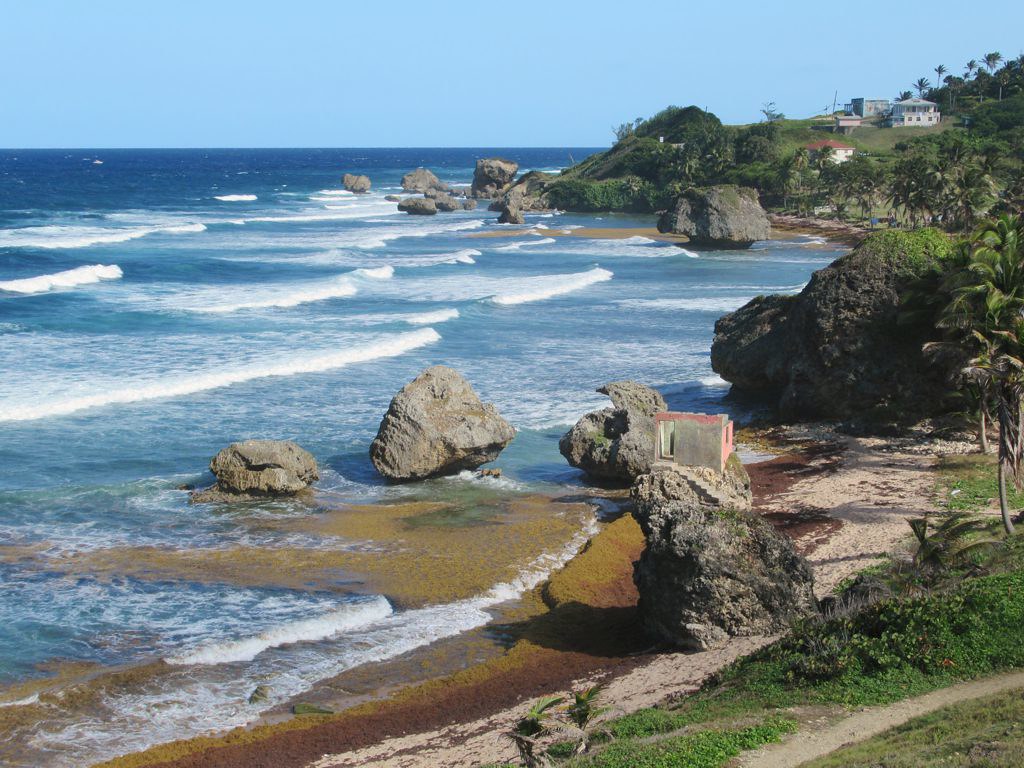Located 100 miles to the east of the Caribbean island chain Barbados is distinguished by a unique coral limestone base. This creates the benefits of clear, potable water, white sandy beaches, soil of excellent agricultural properties and strong building material for homes. The sugar derived from our national crop of sugarcane is exported and is also used to produce one of the world’s oldest rums.
Barbados has a wide-reaching program for preservation. There is the Folkstone Park Marine Reserve which has an exciting snorkeling trail and museum; the Scotland District which is an unspoiled area of rugged and forested highlands; while Harrison’s Cave sits deep within the Jack-in-the-Box and Welchman Hall gullies, where a profusion of native flowers, plants, trees and animals abound.
The many influences that have shaped Barbadian life are apparent in the island’s cuisine, a hybrid of African and English traditions with hints of Amerindian, European and other techniques. The many restaurants across the island cater to varied palates.
In addition to sunbathing by the aquamarine waters there are other pursuits to enjoy: the national passion of cricket, golf, polo and watersports. Early in the year there is the Jazz Festival with local and international performers. Music, dance, food, religion all come together in a kaleidoscope of colour and revelry during the annual Crop Over Festival: the high point being the street carnival called Grand Kadooment.

For further information, contact the Barbados Tourism Authority or Barbados Hotel and Tourism Association:



